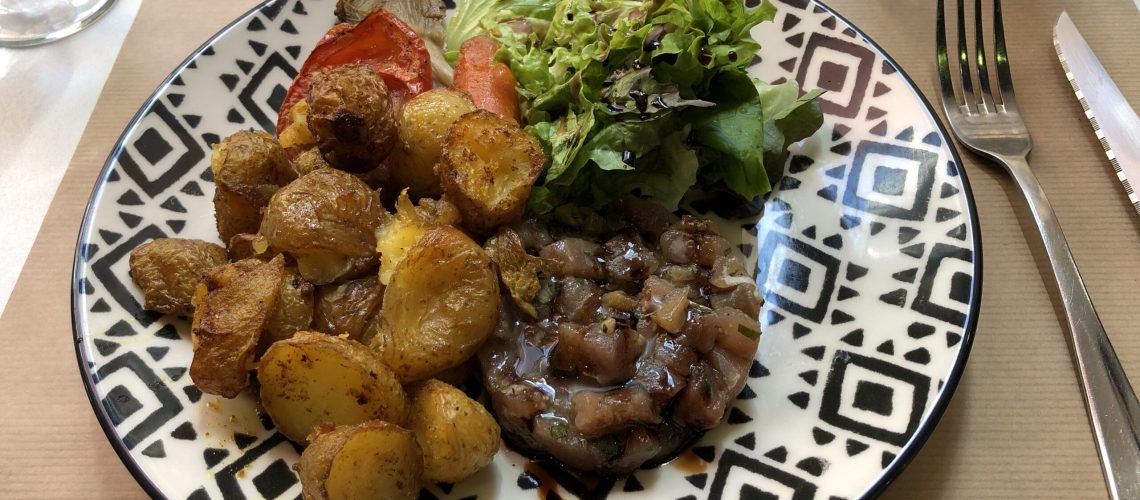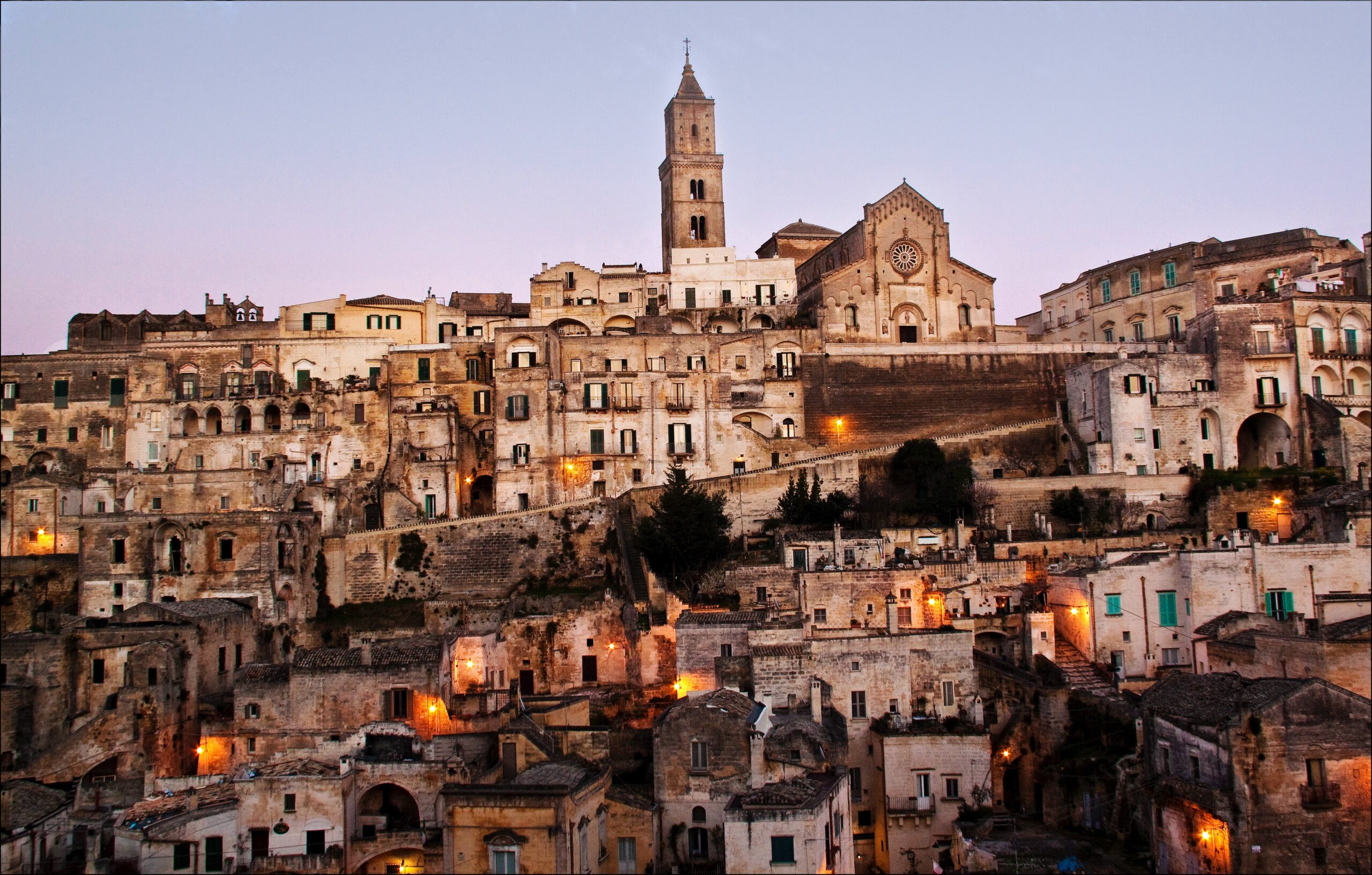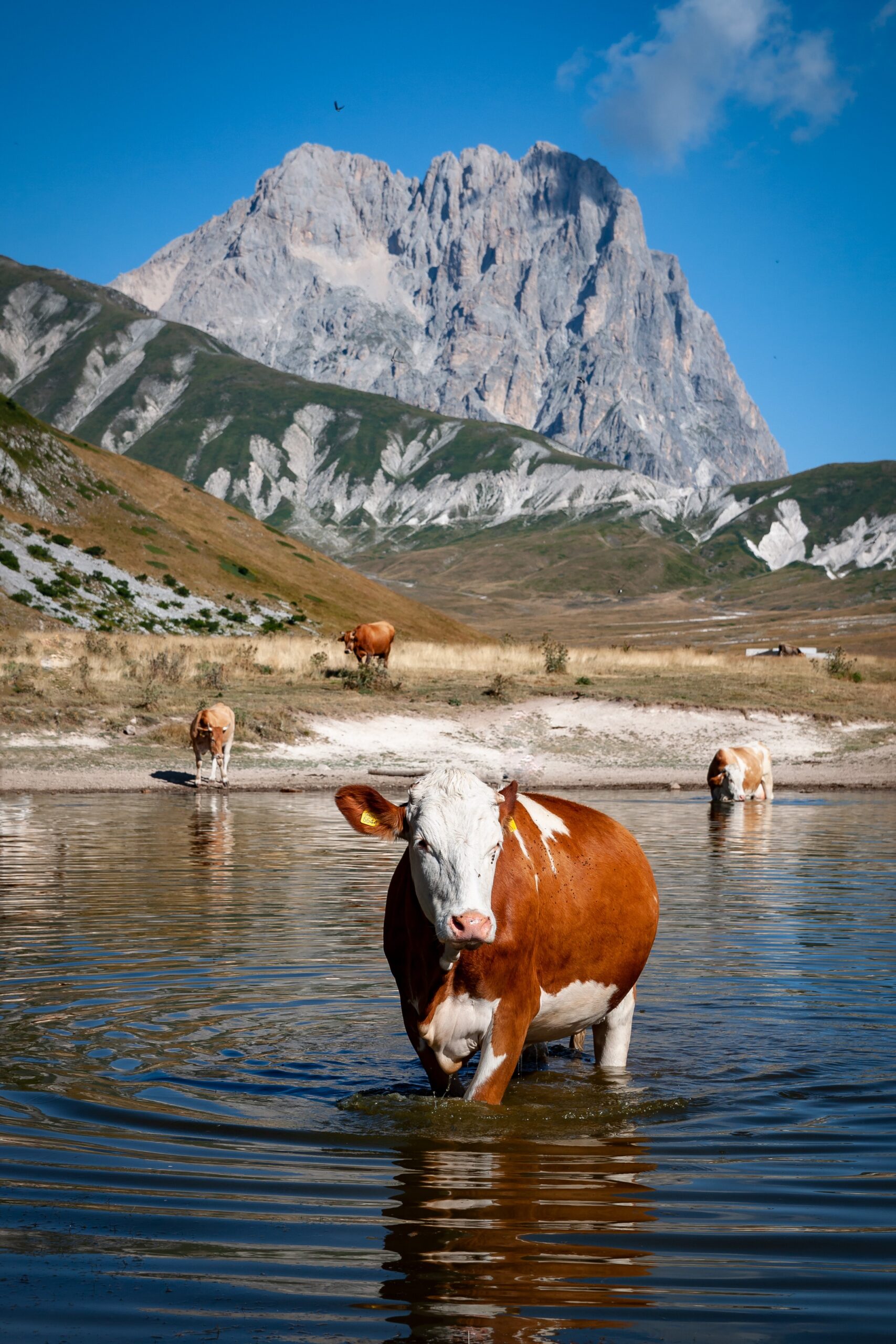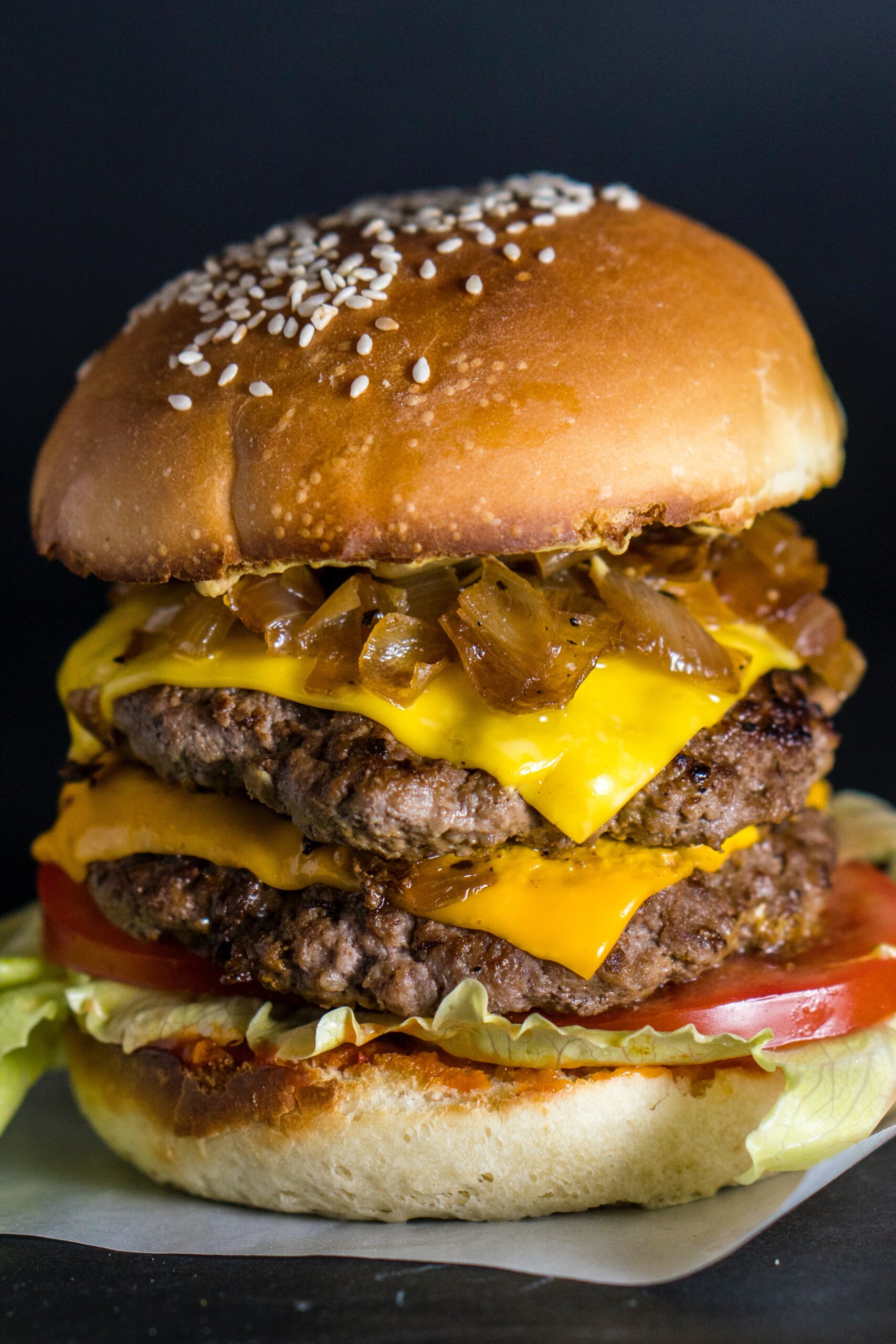French food is famous all over the world. But when people think of French food – if they think about it at all – they usually think of Michelin-starred fine dining restaurants, alongside the usual snails, frogs legs and smelly cheese stereotypes.
But there’s much more to French food than meets the eye. Having lived in France for around two years, I think I’ve some idea of how a lot of French people approach food in their daily lives. Here’s a quick guide to how France eats.
Breakfast
As with Italians and Spaniards, French people don’t tend to eat very much for breakfast. A lot of people skip breakfast entirely, meaning that their first meal of the day would only occur at 13H00 or 1pm. If they were to eat breakfast (or “little lunch”, as it’s called in French), they might have some cereal and/or some bread, yoghurt, fruit and/or a hot chocolate, which they are liable to drink from a bowl. While you can buy a croissant or a pain au chocolat / chocolatine from a pâtisserie, they’re seen as quite unhealthy and so people don’t tend to eat them very often.
As you may have noticed from that list, all the items are sweet. That’s because there’s an unspoken rule that consuming savoury foods for breakfast is criminal. When French people look at English people with their English breakfasts or Germans with their platters of cold meat, they sometimes recoil in horror, as if their neighbours were committing a gross error. I think this no-savoury-food-for-breakfast mantra stems from a Catholic belief that enjoying food is a form of gluttony, and so food should be simple. As France, Spain and Italy are culturally Catholic, this philosophy still applies, while England and Germany, being more Protestant, aren’t so hung up on what people eat for breakfast. The irony, of course, is that while this aversion to gluttony may apply to breakfast, it certainly doesn’t apply to the other meals of the day, and you could certainly make the case that when it comes to lunch and dinner, food as a form of pleasure is basically a religion in these Latin countries.
Lunch and dinner
Traditionally, lunch in France is the biggest meal of the day – especially for those who don’t eat breakfast. A lot of my classmates would go home to dine with their families, while many of my colleagues would go home to eat if they lived near the office.
A traditional lunch could be something like a pot au feu with bread, cheese, and an apple compote or a piece of fruit for dessert. However, there’s no set rule for what one can eat. You could have a lamb tagine, a beef phô or even spaghetti à la crème. Indeed, pasta is so popular in France that on the eve of the first lockdown in March 2020, I vividly remember the pasta shelves in supermarkets being bare.
As life becomes busier and busier, however, more and more people are having simple lunches, which may consist of something like a baguette sandwich with ham and half-salted butter, a yoghurt, and a piece of fruit. As people like to take an hour for lunch and forget about work entirely, sitting in front of your screen for lunch is generally frowned upon, but due to the demands of work, it’s becoming more and more the norm.
Generally, dessert isn’t really a thing, but if people are to have something sweet, it would usually be as simple as a piece of fruit.
What’s more, in contrast to the so-called ‘Anglo-Saxon’ countries, French people tend to eat their meals later in the day. While lunch is usually at around 1pm, dinner is usually only served at 8pm. However, since dinner tends to be quite light, it doesn’t pose a problem when it comes to sleeping.
Vegetables
The typical vegetable dish you would find are salad greens lightly drenched in olive oil and balsamic vinegar. This salad is often eaten at lunch or dinner alongside bread, cheese and the main dish. You can also find this type of salad for dishes like the Salade Niçoise, which usually comes with tuna, an egg, and olives.
It’s also common for people to have vegetable soup for dinner as a light meal. Often people would use large blenders or more portable hand blenders to make their own soups, or they would buy pre-made vegetable soup from a supermarket. And when soup is served, it’s usually served lukewarm. While English has the expression “Eat it while it’s hot”, in France you wouldn’t want to eat soup that is too hot. When I spent time with my host family in the Alpes-de-Haute-Provence, we would wait for the soup to cool down before eating it. I had initially found it strange that we wouldn’t eat it hot on a cold winter’s night, but on the other hand you can also taste it better at a lower temperature.
Unlike the Anglo approach to vegetables, which tends to involve boiling vegetables and giving them very little seasoning, French people like to have their vegetables with other ingredients. For example, spinach is usually cooked with cream for added flavour, while aubergine is usually paired with cheese, chicory with olive oil, and tomatoes and carrots with pretty much anything. As vegetables taste better when paired with other ingredients, French children usually have no hang ups when it comes to eating them. Yet, paradoxically, I find that French people tend to eat less vegetables than their Anglo counterparts, who tend to focus a bit more on the nutritional aspect of food.
Milk
As is the case with Spain and Italy, milk in France is overwhelmingly UHT, or ultra-high temperature processing. That’s because as these countries are relatively warm, milk that undergoes ultra-heat treatment has a much longer shelf life. Just like with alternative milks, you can often find dairy milk in bottles or Tetra Pak cartons in normal (read: non-refrigerated) supermarket aisles. Of course, once you’ve opened your milk, you have to keep it in the fridge, but it’s far more versatile than HTST (high temperature, short time) milk, which is the norm in the Anglophone world as well as in most Northern European countries. And while you can find HTST milk in French supermarket fridges, it tends to be more expensive and hence less popular.
While I can understand the appeal of UHT milk, I must admit I don’t particularly like it. Not only does it lack the rich taste of fresh milk or HTST milk; it actually makes me feel a little sick. When I first lived in France, I found that UHT milk upset my stomach. Every time I had a coffee or a hot chocolate, I would feel discomfort. I initially believed this was due to lactose intolerance, as the symptoms seemed similar, but I wasn’t sure. So to get to the bottom of it, I did a little experiment. I bought a bottle of lactose-free UHT milk and waited to see what would happen. As I soon discovered, lactose wasn’t the issue…
And so now, whenever I get coffee in France, I always have it black.









